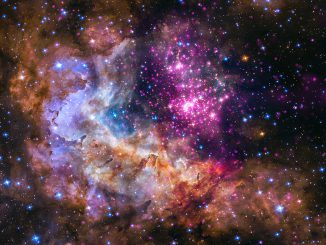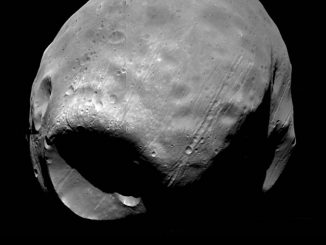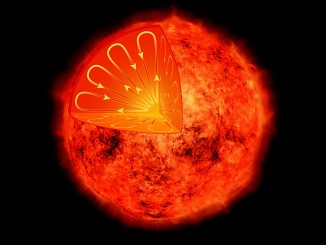
Hubble reveals NGC 299 within the Small Magellanic Cloud
It may be famous for hosting the Small Magellanic Cloud (SMC) and 47 Tucanae, the second brightest globular cluster in the night sky, but the southern constellation of Tucana (The Toucan) also possesses a variety of unsung cosmic beauties. One such beauty is NGC 299, an open star cluster located within the SMC just under 200,000 light-years away.









